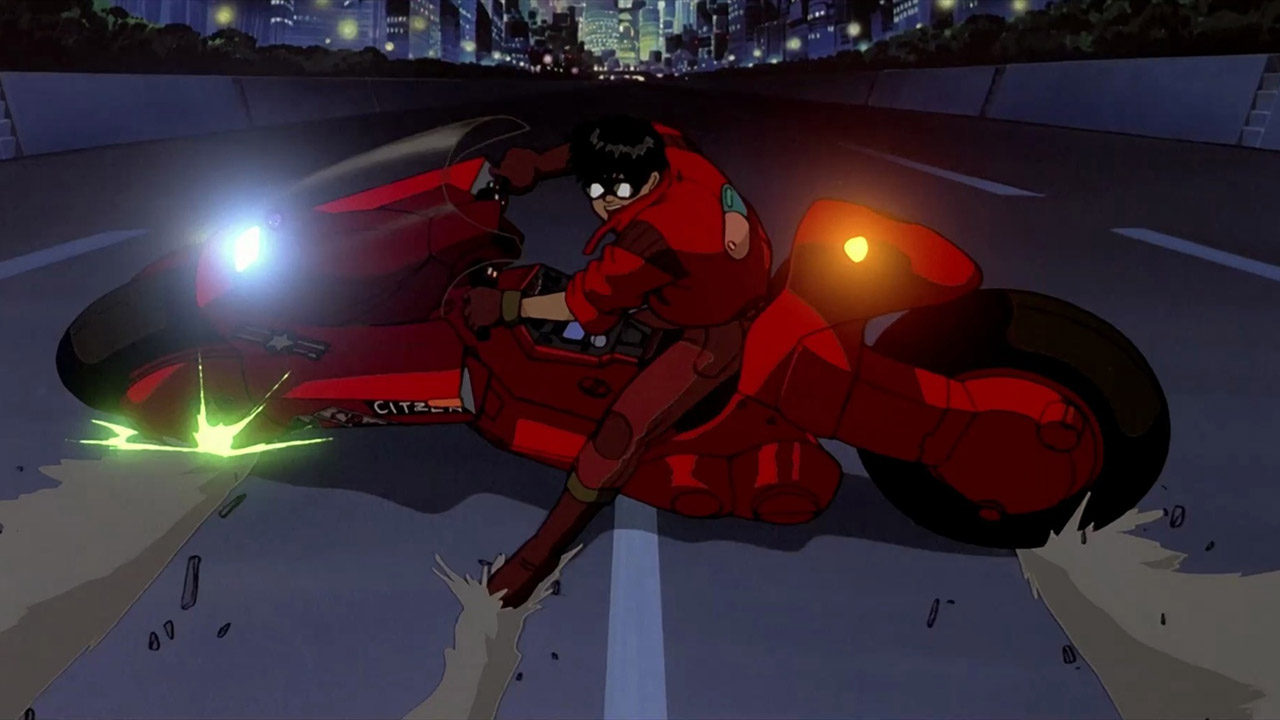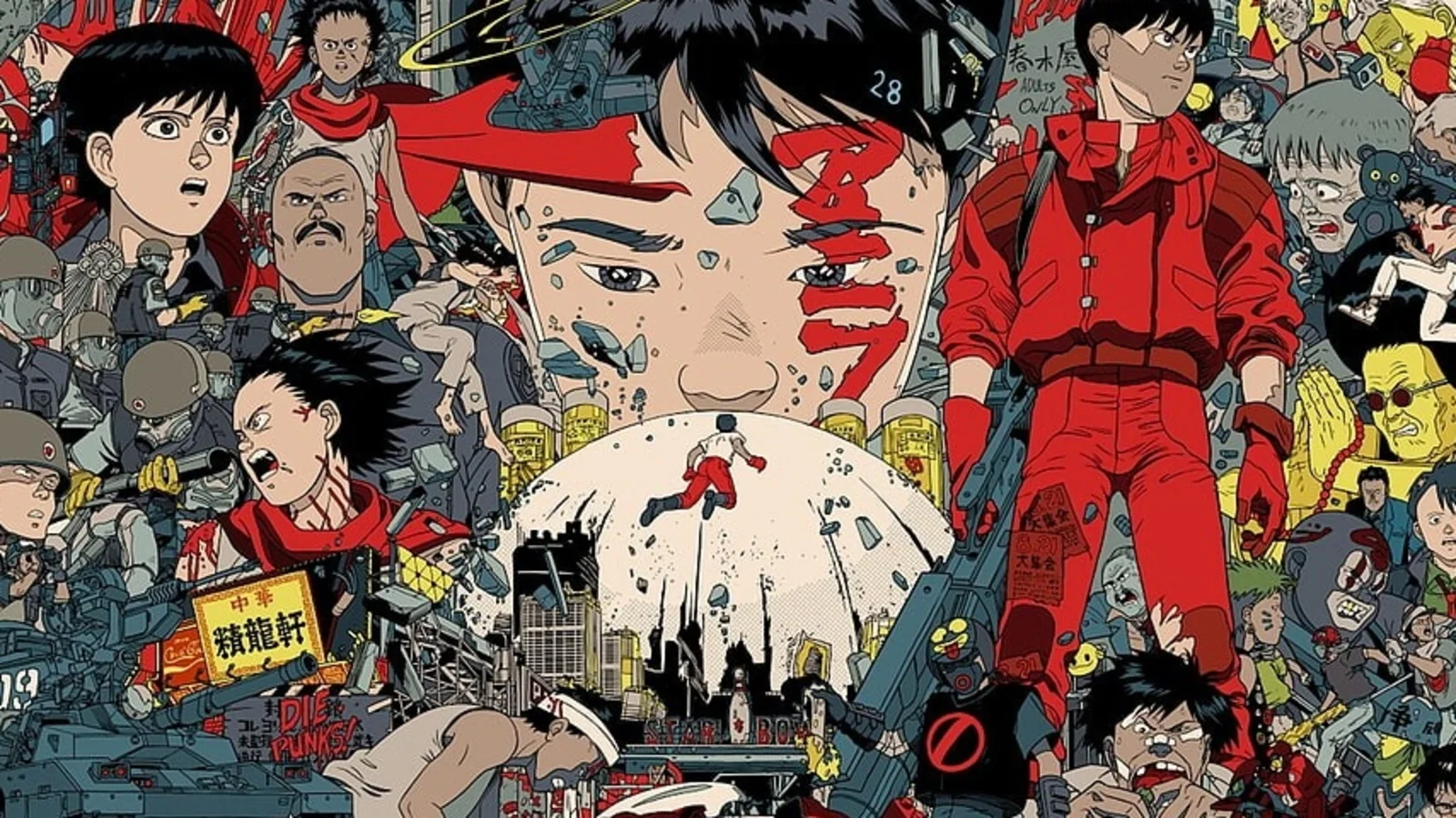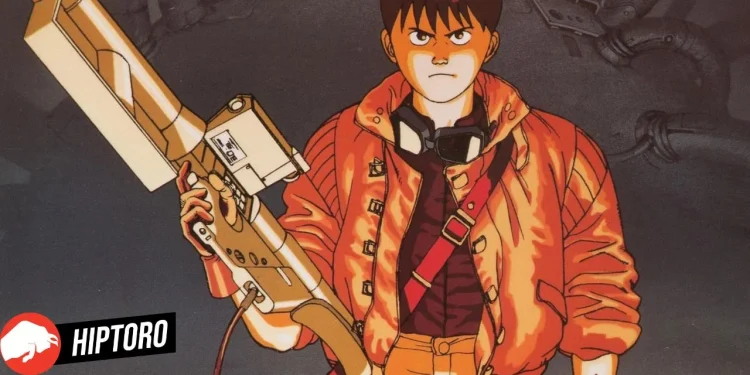Katsuhiro Otomo’s “Akira” is a cultural tour de force that has left an indelible mark on both the manga and anime spheres. Lauded universally, this Japanese dystopian saga has garnered admiration not only for its mesmerizing artistry but also for its profound, thought-evoking themes. Yet, for those acquainted with both mediums, it’s impossible to ignore the glaring differences between the manga’s intricate narrative and the film’s condensed storyline.

Unpacking the Manga’s Expansive Landscape
With its original publication in Young Magazine spanning from 1982 to 1990, the “Akira” manga stretches over an impressive 2,000 pages. This lengthy narrative canvas allows Otomo to weave a detailed tapestry of characters, each bringing their distinct motivations and arcs to the fore. A notable divergence is the titular character, Akira, who enjoys a more profound presence in the manga, contrary to his enigmatic portrayal in the film.
An all-new anime series with original work from Akira Toriyama is coming Fall 2024. Watch the first look teaser for DRAGON BALL DAIMA. #DragonBall pic.twitter.com/iD30PElyIK
— Toei Animation (@ToeiAnimation) October 16, 2023
The Anime Film: A Distilled Masterpiece
Directed by the mastermind Otomo himself in 1988, the “Akira” anime film is a cinematic gem that encapsulates the essence of its source material. However, the necessity to fit a sprawling narrative into a two-hour frame meant that significant sacrifices had to be made. These adaptations are particularly evident to keen observers and fervent manga readers, who might miss the depth and nuances associated with various characters and subplots.
Diving Deeper: Why Are They So Different?

- Adaptation Challenges: Transitioning from page to screen isn’t straightforward, especially when the source material is as vast and complex as “Akira.” The need for a streamlined narrative meant that certain aspects, be it subplots or character developments, had to be sidelined to retain the story’s coherence and appeal.
- Time Constraints: A two-hour film can only capture so much. Given the vastness of the “Akira” manga, filmmakers faced the Herculean task of distilling its essence without compromising on the core narrative. This inevitably led to condensation and prioritization of specific sequences over others.
- Visual Translation: The realm of animation offers a different playground than static manga pages. While the film does a commendable job of emulating Otomo’s distinctive art style, some nuances and intricacies inherent to the manga medium might have been adapted or simplified to align with animated storytelling.
- Narrative Cohesion: A film must offer a self-contained, cohesive narrative to engage its audience. With a source material as expansive as the “Akira” manga, ensuring this cohesion meant sacrificing some of the depth and richness associated with character arcs and world-building.
Embracing Both Forms of Akira
While it’s undeniable that the manga and anime film of “Akira” diverge in their storytelling approach, it’s essential to appreciate them as separate entities, each offering a unique perspective on Otomo’s magnum opus. Both forms have contributed to “Akira”‘s enduring legacy, ensuring its place in the annals of manga and anime history. Whether you’re enthralled by the detailed storytelling of the manga or spellbound by the cinematic spectacle of the anime film, “Akira” remains a testament to the boundless creativity of Katsuhiro Otomo.









